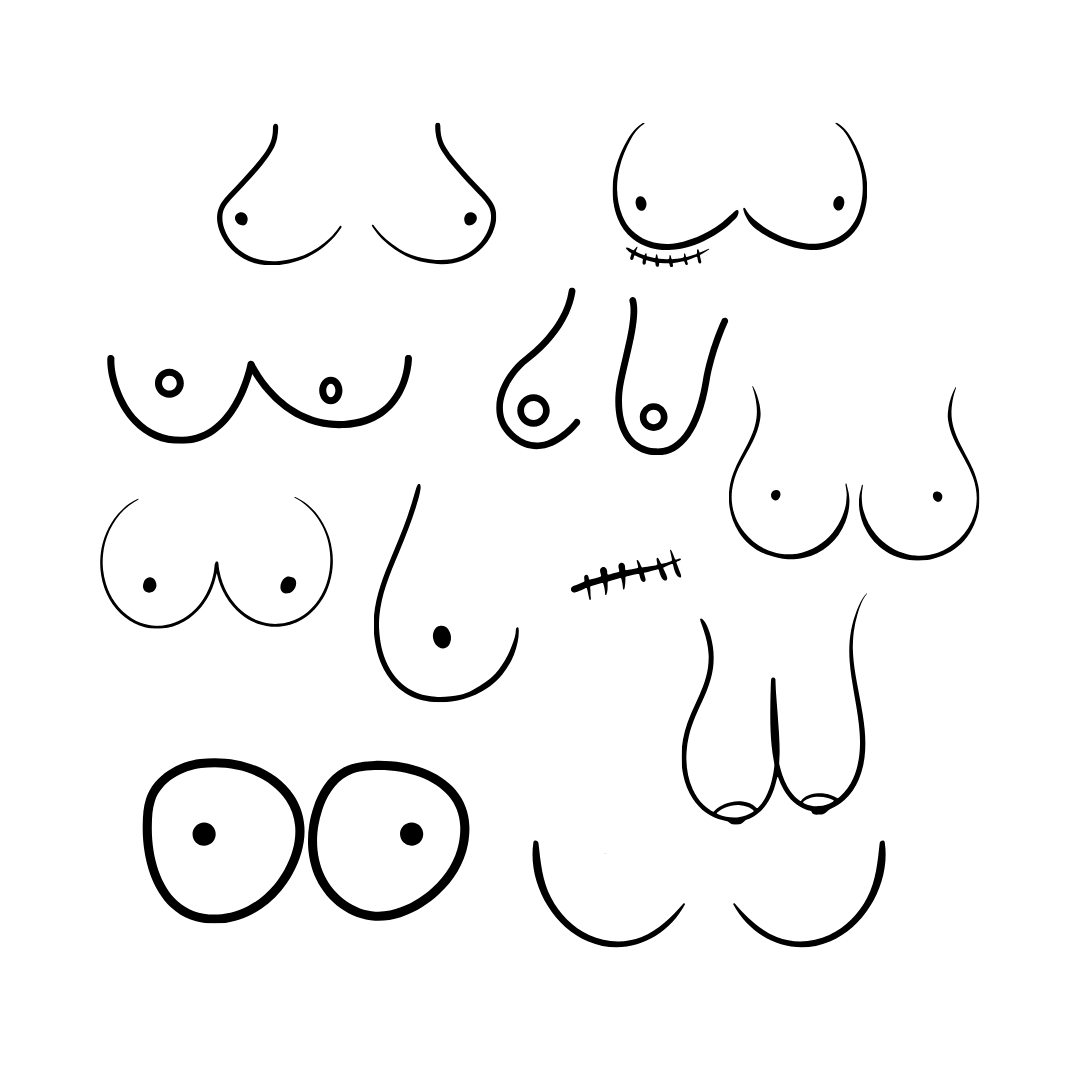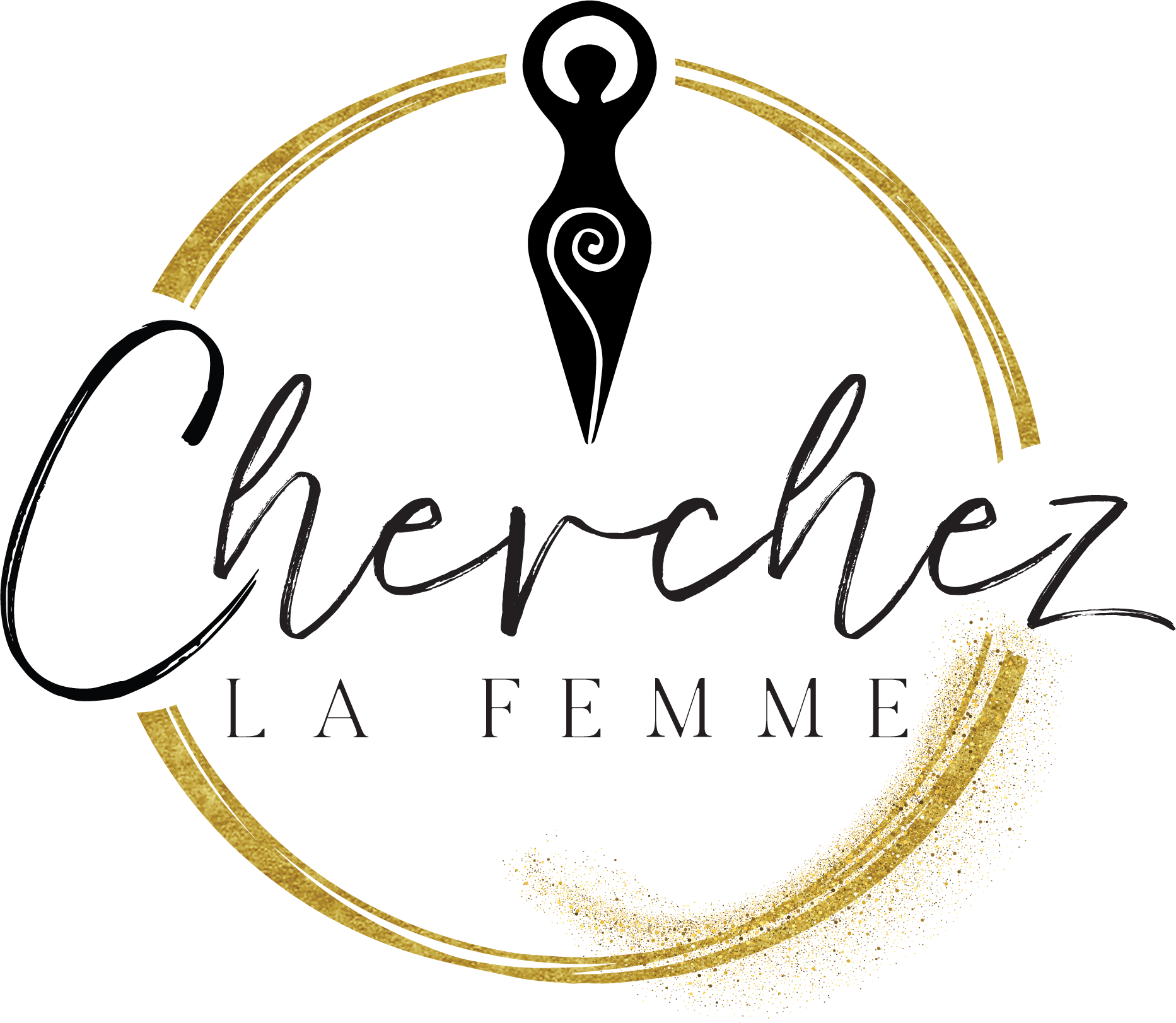When it comes to finding the perfect bra, it’s not just about band size and cup letter—it’s also about how your breast tissue is shaped and where it sits on your chest. Every body is beautifully different, and understanding your unique breast shape can be the game-changer in getting a bra that feels supportive, flattering, and invisible under clothes.
So let’s dive into breast shapes, how tissue placement affects your fit, and the best bra styles to complement your shape.
Why Breast Shape Matters
Breasts aren’t one-size-fits-all—even if you wear the same size as someone else, your shape could be completely different. Some women have more fullness on the bottom, others carry it on top, to the side, or even closer to the center. The way your breast tissue sits on your chest wall changes how a bra fits and supports you.
Knowing your shape helps avoid common fit issues like gaping cups, spillage, or wires digging in.
Common Breast Shapes & The Best Bra Styles

1. Round
- Shape: Volume is evenly distributed throughout the breast. Typical shape for implants and is less common naturally especially as we age
- Fit issues: Not many—this shape is versatile.
-
Best bras:
- Almost any style! Balconettes, plunges, full cups—try a few and see what you love.
2. Teardrop or Bell Shape
- Shape: More volume at the bottom of the breast, less on top.
- Fit issues: Cups may gap at the top especially full cup styles
- Best bras:
- Balconette bras: Lift from the bottom and give a rounded shape.
- Plunge bras: Work well if the tissue is also close-set.
3. Wise Set or East-West
- Shape: Breasts sit further apart on the chest and typically with more tissue on the sides. Breast may even angle diagonally away from each other
- Fit issues: Gapping in the center; lack of cleavage.
- Best bras:
- Plunge bras: Bring tissue inward and create cleavage.
- Push-up bras: Help lift and center the breasts.
- Bras that have wider-set straps to match your natural shape may be more comfortable if not looking to create cleavage
4. Pendulous
- Shape: Breasts with more skin and less internal structure, often due to aging, weight changes, or breastfeeding.
- Fit issues: Lack of lift, straps doing too much work.
- Best bras:
- Full-cup bras: Give strong support and lift.
- Bras with vertical seams: Help shape the tissue upward (3 or 4 part bras for best support).
5. Asymmetrical
- Shape: One breast is noticeably larger than the other (very common!).
- Fit issues: One side fits, the other gaps or spills.
- Best bras:
- Bras with stretch cups: Conform to both sizes.
- Bras with removable inserts: Use the insert on the smaller side for balance.
- You can also get a “cutlet” bra insert and add the insert to the smaller side.
6. Athletic Shape
- Shape: Breasts tend to be firmer with less volume or projection, often spread more across the chest wall.
- Fit issues: Gapping in the cups, especially with structured bras; hard to fill the front of the cup. Wires tend to not go far enough on the side, but when sizing up the cup gapes.
- Best bras:
- Wireless bras: Great for comfort and contouring to the chest.
- Bralettes with structure: Offer a balance of flexibility and gentle shaping without pressure.
- Bras with a wider centre gore to accommodate width
7. Post-Surgical Breasts
- Shape: This varies depending on the type of surgery—mastectomy, lumpectomy, reduction, lift, implant, or explant. Breast tissue may be firmer, more sensitive, asymmetrical, or completely flat on one or both sides.
- Fit issues: Tenderness, sensitivity, unevenness, and the need to avoid underwire.
- Best bras:
- Wireless bras: Essential post-surgery (typically required for 6+ months).
- Front-closure bras: Easier to put on and remove while healing.
- Seamless or low-friction fabrics: Reduce irritation against scars and healing skin.
- Compression bras: Often recommended right after surgery to reduce swelling and aid healing.
- Why: Comfort, gentle support, and adaptability are key. Many people prefer to stick with wireless bras long after recovery due to lingering sensitivity or changes in tissue.
- Important Note: Always follow your surgeon’s guidelines during recovery. Once healed, finding bras that honor your new shape, support your comfort, and help you feel confident is incredibly empowering.
Tips for Better Fit, No Matter Your Shape
- Swoop and scoop: Always adjust your breasts into the cups—this can change everything. Using your hand on the outside of both cups, swoop in and around the cup to scoop all tissue inside the wires.
- Watch the wire: It should sit behind the breast tissue, not on it.
- Don’t size down to make a bra “fit better.” Choose the right shape for your tissue instead.
Your breasts are unique, and so is your fit. Understanding your breast shape and tissue distribution is a huge step toward feeling confident and comfortable in your lingerie. At our boutique, we believe in bras that celebrate your shape—not fight it.
Ready to Find Your Perfect Fit?
Let us help you find the styles that truly fit your body—not just your bra size. Whether you’re shopping online or visiting us in-store, we’re here to guide you with personal recommendations, expert fittings, and supportive advice.
Shop bras by shape, or book a virtual fit consultation with one of our lingerie specialists by texting us at (226) 665-3131.
Because every body deserves a bra that fits like it was made just for them.



0 comments